Your cart is currently empty!
How IoT and M2M Installers pull together 2G, 3G AND 4G wireless carriers
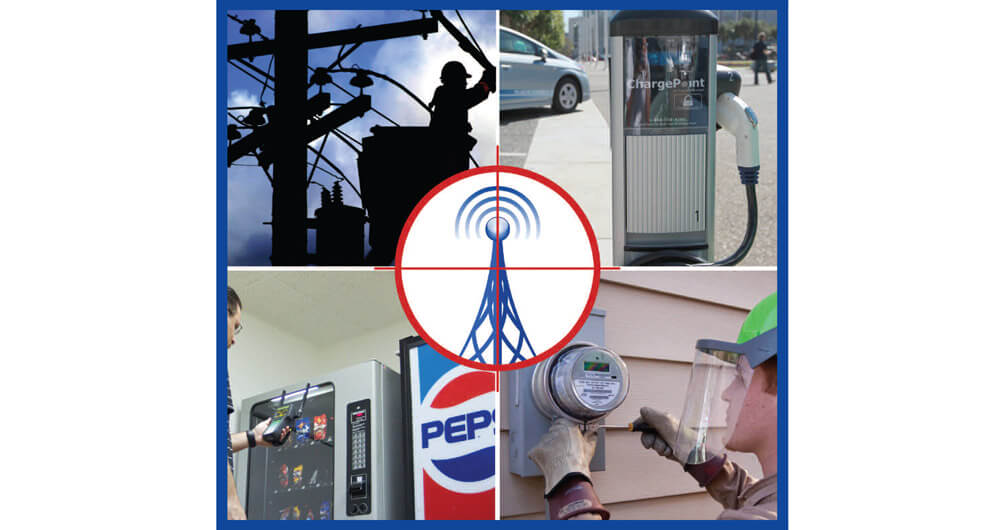
The development and expansion of cellular networks allows M2M and IoT Networks to transmit real time data on field conditions.
This is very beneficial, yet it also adds another layer of technical difficulty into the M2M and IoT installation process. From energy distribution to ATMs to vending machines, M2M networks provide extensive data to the central information system. However, when the communication system integrating all these moving parts fails, the repercussions can have a costly impact on business.
The adage, “A chain is only as strong as its weakest link” holds true. Even though the daily dispatch of information and data is no longer performed by manual labor, these networks require human oversight and maintenance to perform at peak capacity. New companies and devices are constantly released into the market every year to address these issues. The carriers, computing systems, electronic data collectors, and software all compete for market share, and promise the most satisfying and reliable service.
Even technology created within the last few years can be irrelevant or outdated. Ownership and functionality of cellular towers, system upgrades or new radio signal interference can cause “state of the art” equipment to fail or perform sporadically.
But we can only work with the network infrastructure already in place and ready to serve the needs of machine to machine communication.
IoT and M2M installations for commercial 2G, 3G AND 4G wireless carrier base stations currently depend on AT&T, Verizon, Sprint and T-Mobile as the backbone for their entire networks.
The future of is expanding daily. You might be familiar with terms like IoT or Internet of Things. IoT is essential the same thing as M2M but IoT is primed for consumer adoption so those devices stand to outnumber existing M2M devices by orders of magnitude. While it is beyond the scope of this blog to describe the thousands of daily applications and potentials for M2M and IoT Networks. Here are some of the most common we encounter.
A few M2M installations in use:
- Vending Machines
- ATMs
- Fleet monitoring
- Moisture sensors
- Manufacturing Supply Chain Management
- Livestock feed systems
- Agriculture Flood Management
- Beverage Manufacturing
- Orchard Moisture Sensors
- Electric Car Charging Stations
- Electric Grid Distribution Lines
- Railway Systems
- Smart Meters
- Weather Monitoring Systems
- Water Treatment Plants
- Critical Building Systems like HVAC, Water, Sewage, Electric Power
- Personnel Traffic Patterns
- US Geological Survey
- Water Reservoir Levels
- Healthcare ICU Patients in their homes
- Home Security Systems
- Business Security/Alarms
M2M makes the milk maid obsolete

M2M modems and electronic ID devices on dairy cows communicate with milking equipment when they step into an automatic milking stall. The exact combination of feed and supplements for that cow is dropped into a feeding trough. The machine then cleans and milks the cow, tracks the milk production and output, sends the milk to the chiller and that data to the farmer. The ability to troubleshoot a problem due to the changing conditions is a necessity and a simple task with M2M technology at work.
Berkeley Varitronics specializes in tools to help installers of M2M and IOT devices find the the most powerful signal, in a portable, time efficient manner.
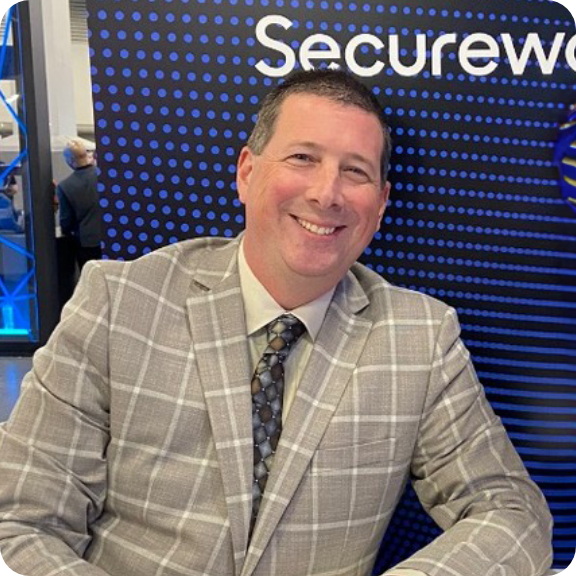
Scott Schober
CEO | Author | Speaker at Berkeley Varitronics Systems
Scott Schober presents at cybersecurity and wireless security conferences for banking, insurance, transportation, construction, telecommunications and law enforcement industries. He has overseen the development of dozens of wireless test, security, safety and cybersecurity products used to enforce a “no cell phone policy” in correctional, law enforcement, and secured government facilities. Scott regularly appears on network news programs including Fox, Bloomberg, Good Morning America, CNN, MSNBC, NPR and many more. He is the author of 'Senior Cyber', 'Cybersecurity is Everybody's Business' and 'Hacked Again', the “original hacker’s dictionary for small business owners” - Forbes Magazine.
Our Newsletter
Lorem ipsum dolor sit amet, consectetur adipiscing elit. Aliquam mattis ligula vitae leo scelerisque, sit amet feugiat ex venenatis.
"*" indicates required fields
Latest Posts
Our Best Sellers
How can we help?
Lorem ipsum dolor sit amet, consectetur adipiscing elit. Nunc dictum aliquet justo sit amet consectetur. In tempor lobortis ante vitae ornare. Praesent feugiat magna at tempor consequat. Aenean in iaculis libero, aliquam imperdiet mi.

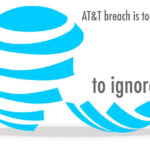

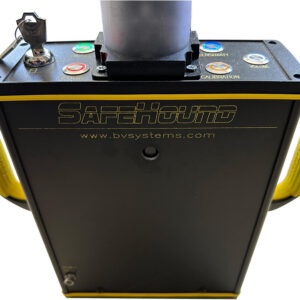
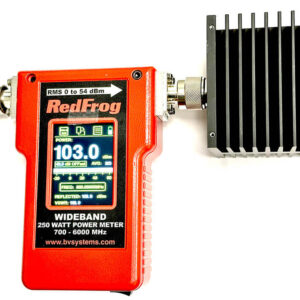
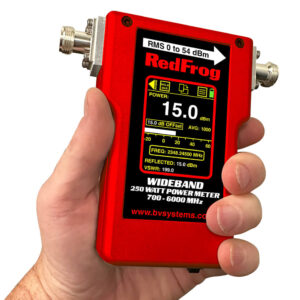

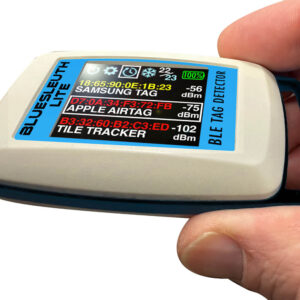
Leave a Reply